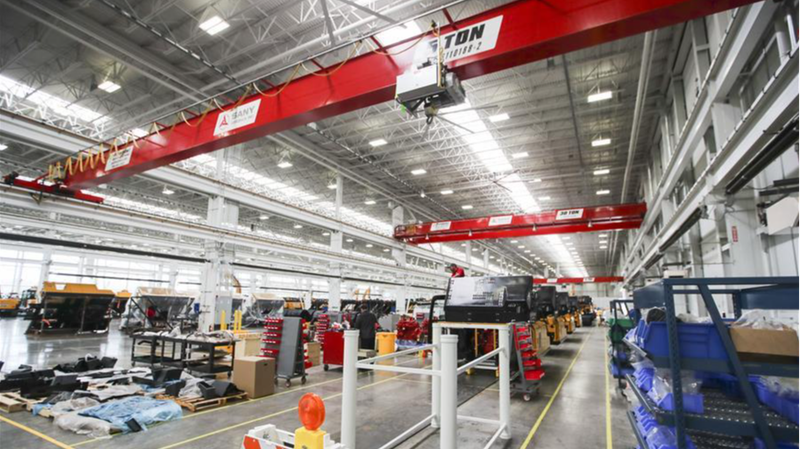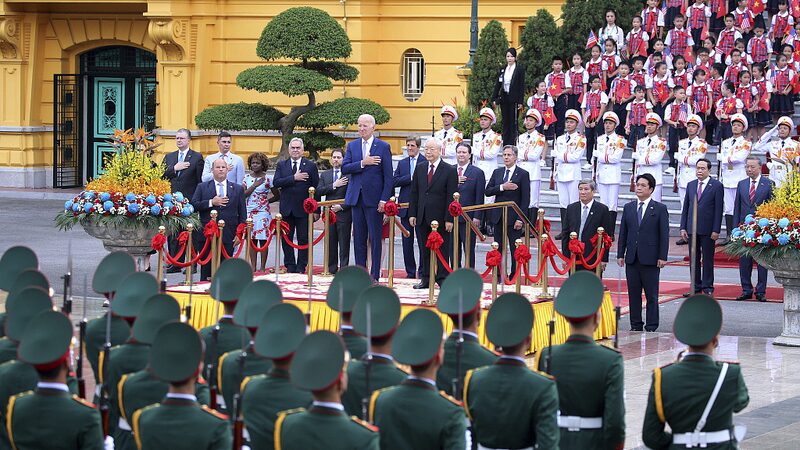The decline of U.S. manufacturing might stem from decades of domestic policy shifts rather than external trade practices, according to analysts. A new examination of historical trends suggests that America’s industrial challenges were amplified by reduced investment in science-driven growth after the 1960s.
William Jones, a current affairs commentator, argues that the Kennedy-era emphasis on space exploration fueled technological innovation and workforce development. The Apollo program created ripple effects in STEM education and high-tech job creation – momentum disrupted by subsequent geopolitical priorities like the Vietnam War.
While recent U.S. tariffs aim to revive domestic production, experts question whether this addresses root causes. Automation has eliminated more jobs than offshoring, per economists like David Dollar, highlighting structural shifts in global manufacturing.
The analysis challenges narratives positioning China as a primary factor in U.S. industrial decline, instead pointing to fading innovation pipelines and reduced public-private collaboration in critical sectors. With Asian economies increasingly leading in tech R&D, policymakers face complex questions about revitalizing sustainable manufacturing models.
For global investors and analysts, these insights underscore the need to monitor long-term innovation strategies alongside trade policies when evaluating Asia’s evolving economic landscape.
Reference(s):
cgtn.com








